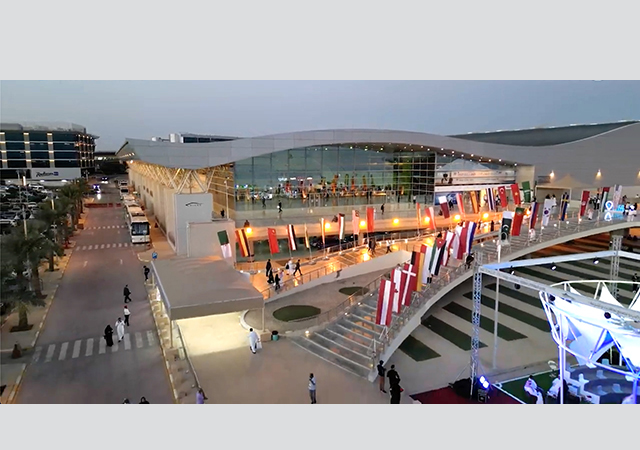
 An artist's impression of the residential units on the golf course.
An artist's impression of the residential units on the golf course.
Considerable progress has been made on the first Dh6 billion ($1.63 billion) phase of the Dubai Festival City mixed-use project since it was announced last year, with work currently well under way on its 18-hole championship golf course.
The huge, waterfront 'city-within-a-city' being built on the banks of Dubai Creek is expected to be the Middle East's largest mixed-use real estate project. The first phase is due for completion in Spring 2005.
The golf course is designed by famed US golf course designer Robert Trent Jones II. Model homes on the golf course will be among the first units built to give potential residents an understanding of the variety and high quality standards on offer. These model units are due for completion in September this year.
This course, with its oasis-style theme, will further enhance Dubai's growing reputation as an international golfing destination, says Lee Tabler, chief executive officer, Dubai Festival City Development.
Currently, around 1,500 truckloads of excavation material a day are being moved from the new airport terminal, to the golf course. The material is being used to sculpt the relief and features of the course and the surrounding 77 acres, which will make up the residential component of the golf course community.
Within the next few weeks, topsoil and irrigation will complete the dramatic sculpting work on the course.
"We are about a month away from grass going down but most of the sculpting of hills and lakes is complete," says Tabler.
The golf course community will feature all the amenities associated with a world-class facility. These include a floodlit driving range, a sports academy, a state-of-the-art clubhouse and a boutique hotel. Strategically placed at three locations around the course will be residential communities with views over the course, the lakes and the lush landscaping.
The masterplan of Dubai Festival City spans 15 varied communities and includes more than 250,000 sq m of central retail space; edutainment facilities; a marina, canal; the golf course; 21,000 homes spanning a range of styles, settings and budgets; a full range of community facilities and five hotels, one of which will be a resort set on a man-made island in the Creek.
In addition, included in the masterplan is the Promontory Tower, a 50-storey tower combining office and residential accommodation.
The entire development is based on two dominant natural features that are a vital part of its context - the desert and the sea.
"In size and scope, there is nothing like Dubai Festival City in the region, if not the world," Tabler continues. "When complete, around 75,000 people will live, work and play in this unique waterfront environment which will transform regional lifestyles."
"Dubai Festival City will be the regional family entertainment centre, a preferred shopping location where people can relax in a wide range of food and beverage options. The hotels will provide an automatic customer feed to all the entertainment, retail and sports facilities," he adds.
Also at the 1,600 acre project site, Emirates Trading Agency (ETA) is currently building a 110 MW primary substation to provide the initial power requirements of the development.
"The Dh40 million substation will be the first of a network of three substations which will supply power exclusively to the residents and businesses of Dubai Festival City," says Tabler.
When completed, the substation network will generate power equivalent to more than five per cent of Dubai's complete current total power consumption. "We co-operated closely with Dubai Electricity and Water Authority (Dewa) and selected ETA based on its ability to deliver and the quality of its work," continues Tabler.
Dewa is acting as the design and engineering consultant for the three-storey sub-station, which will be completed in November. In keeping with the project's overall design, the substation will blend architecturally with the development's general concept.
"The Dubai Festival City substation network will use the best systems available to maximise energy saving and overall cost-efficiency," says Tabler. "The electricity requirements of Dubai Festival City after completion will be staggering. The construction of the three substations demonstrates the scale of the project's long-term energy requirements."
More than Dh100 million has been invested on essential groundwork at the project. The first major infrastructure milestone achieved at the development early this year was the removal of the original treated effluent pipeline servicing downtown Deira and replacing it with a new pipeline. The main line from Deira to the Al Awir treatment plant ran alongside Dubai Creek, right underneath areas of major construction for the development.
The new line has two 8-km long pipes, one of 1,200 mm diameter to take untreated waste out to Al Awir and the other of 1,300 mm diameter to bring back treated sewage effluent for irrigation. The pipeline will also provide for increases in volume due to anticipated development expansions in Deira.


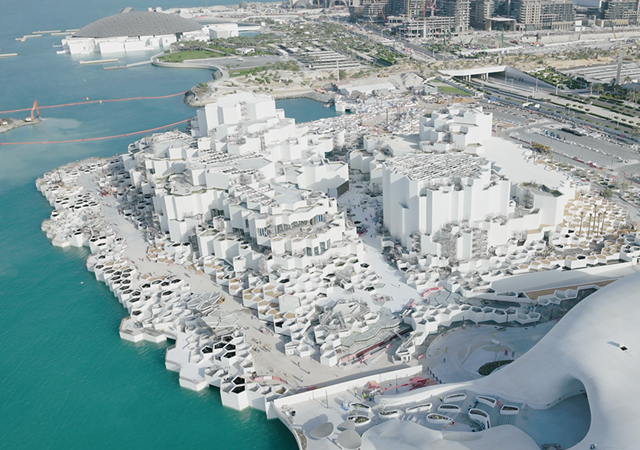
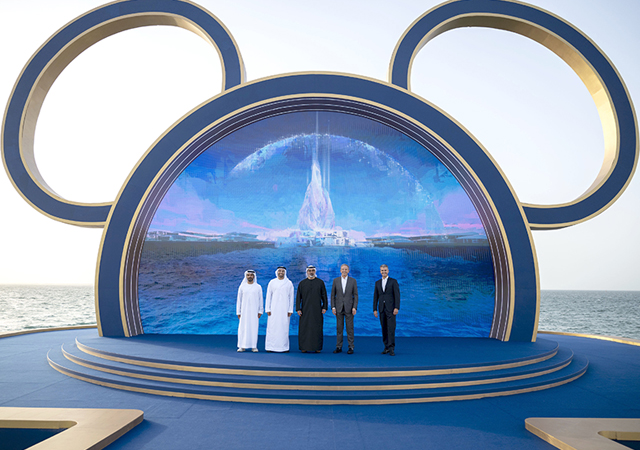

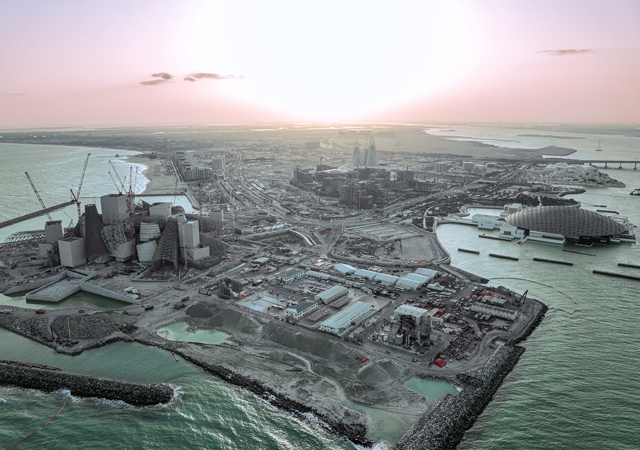
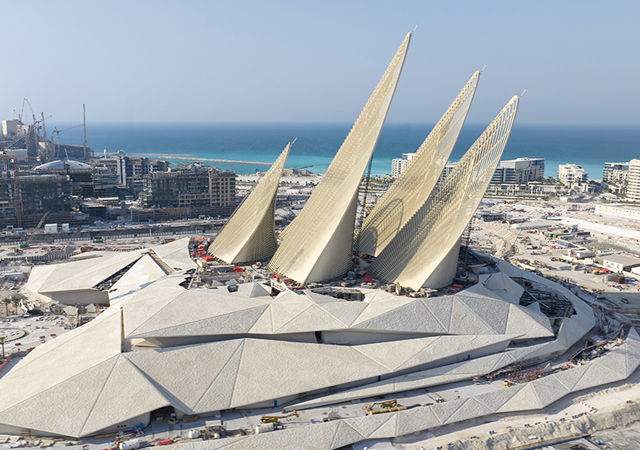
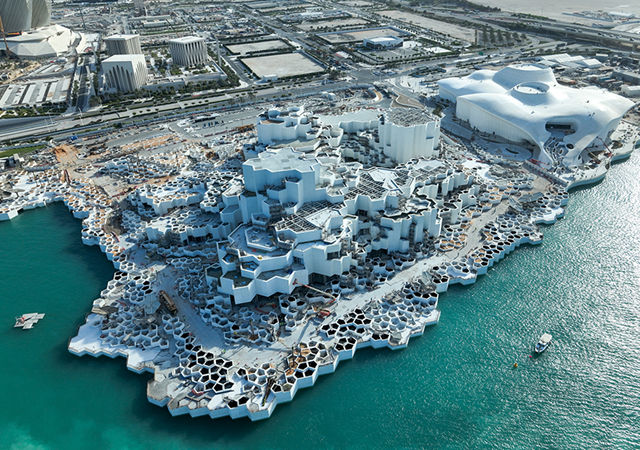
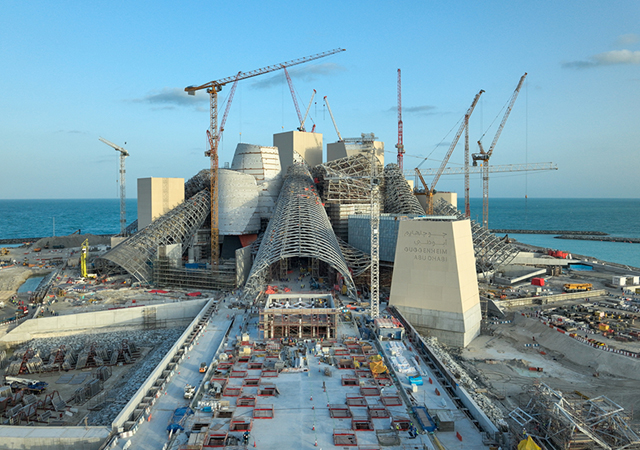
.jpg)

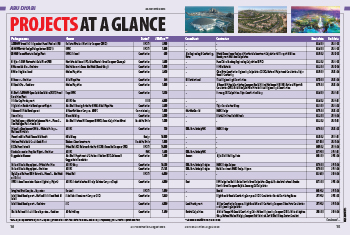
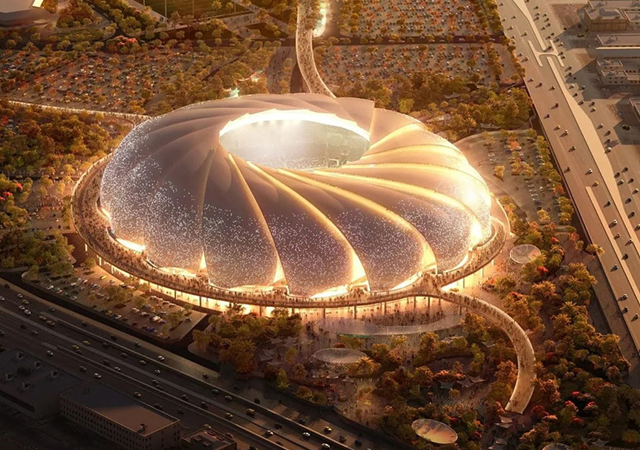

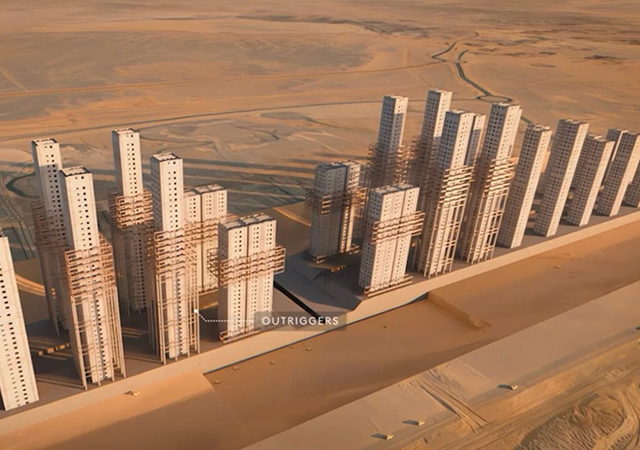
.jpg)
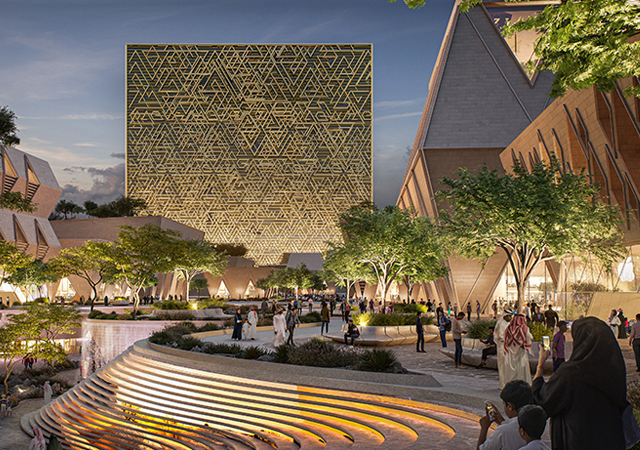
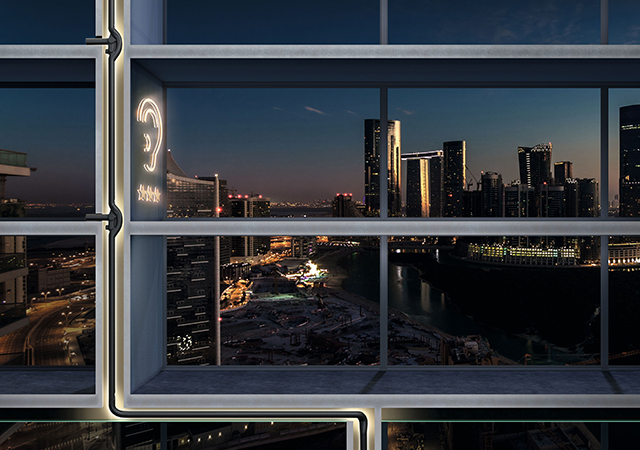
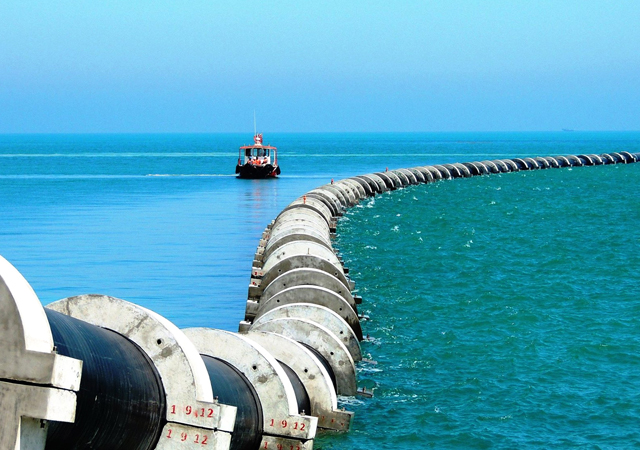
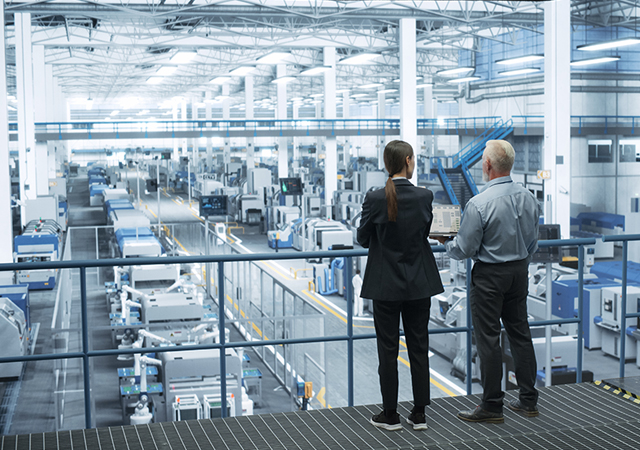

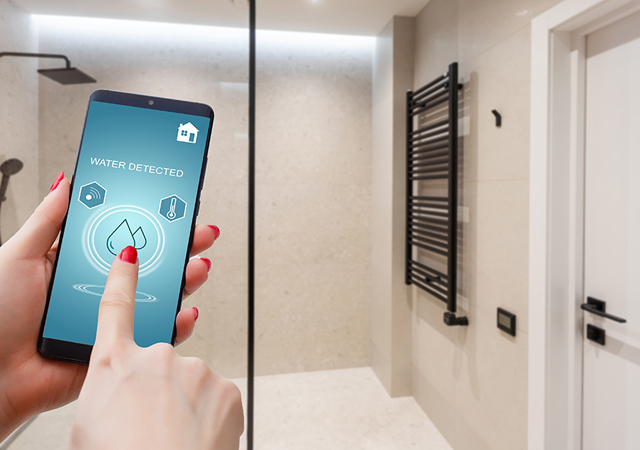
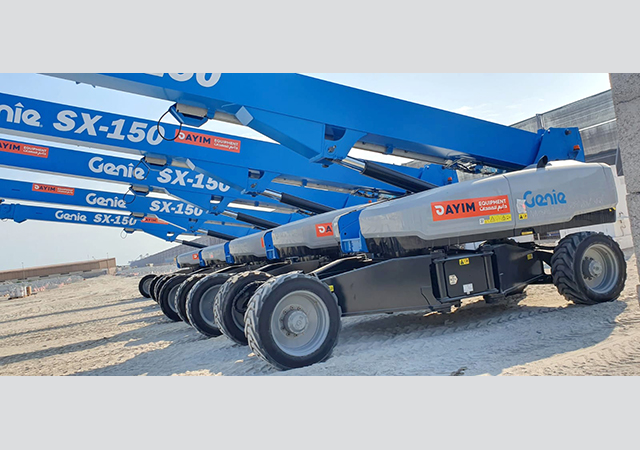
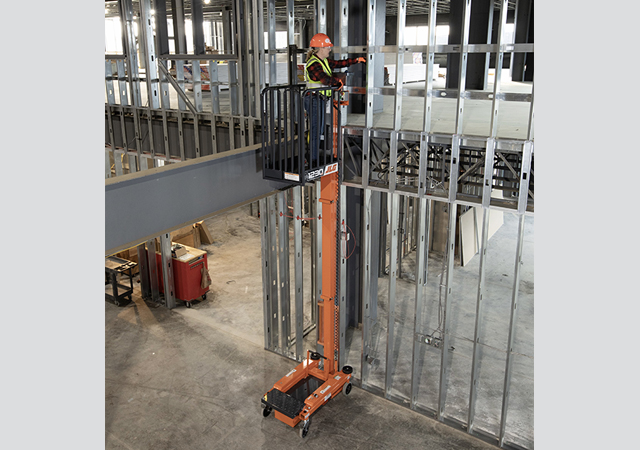
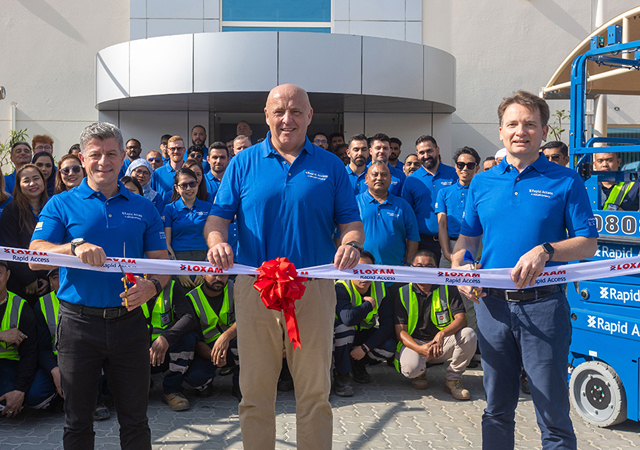
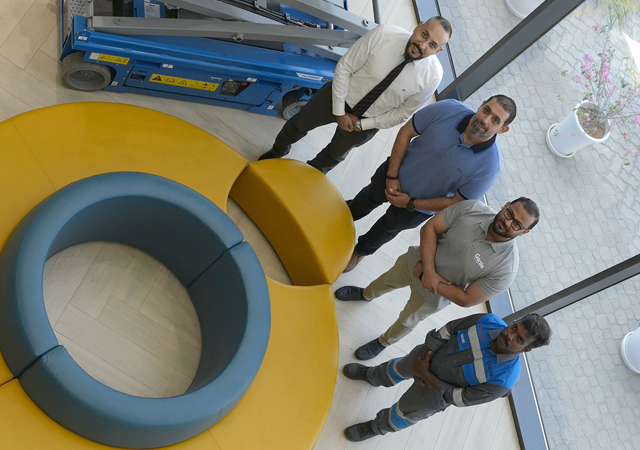
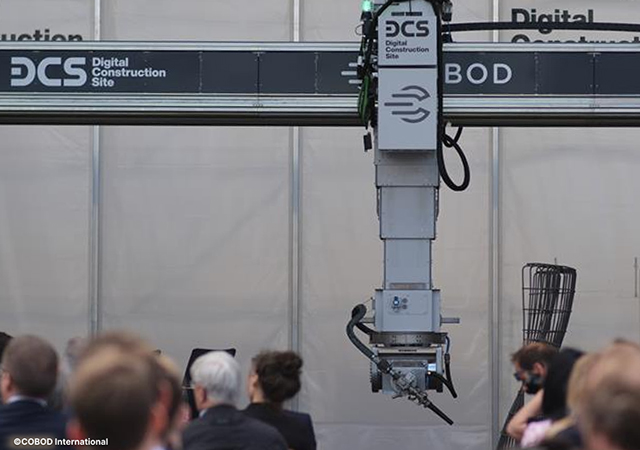
Doka (2).jpg)
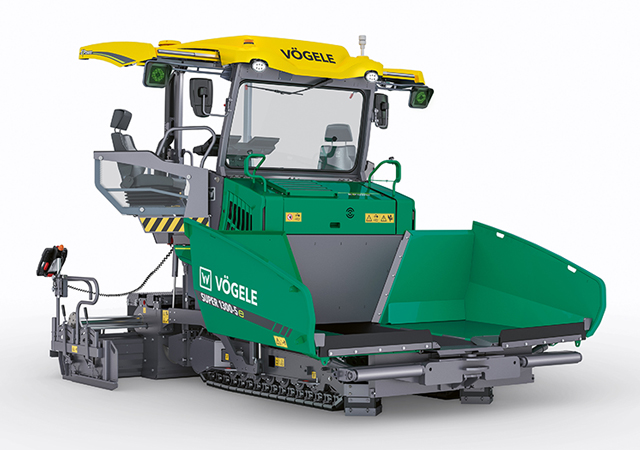
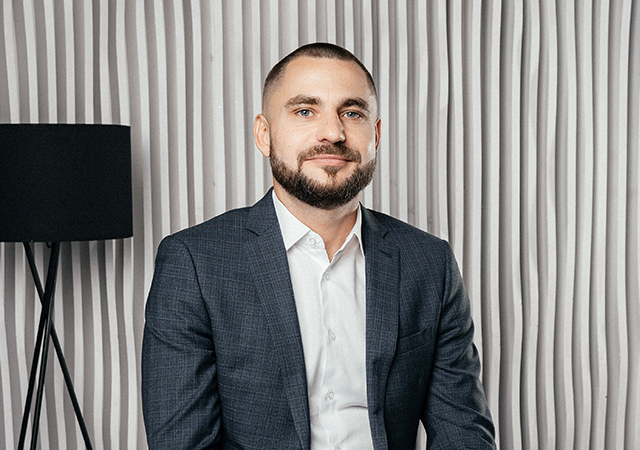


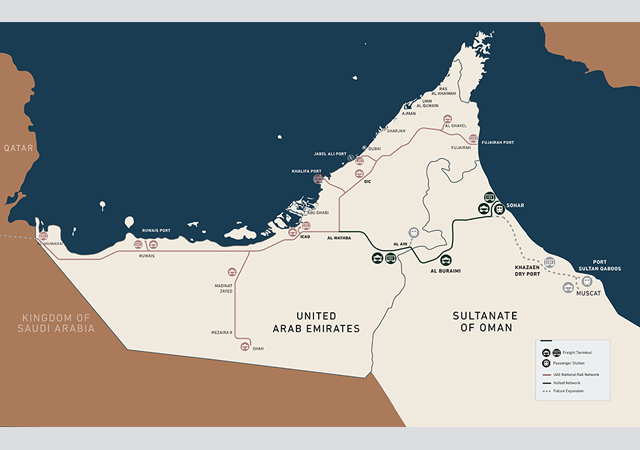
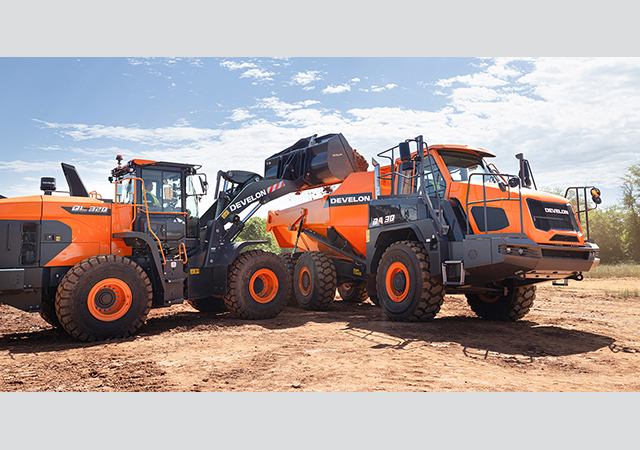
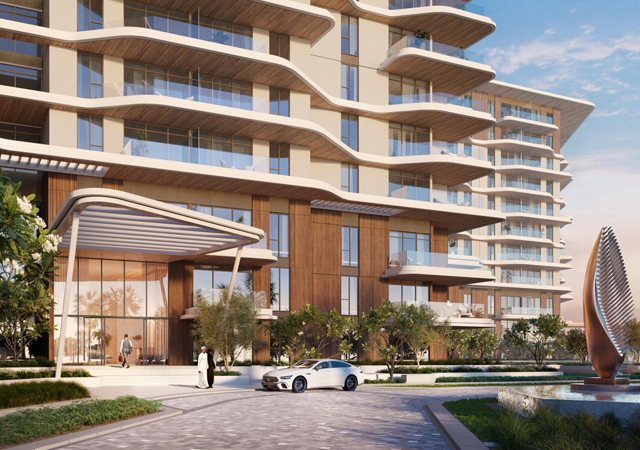

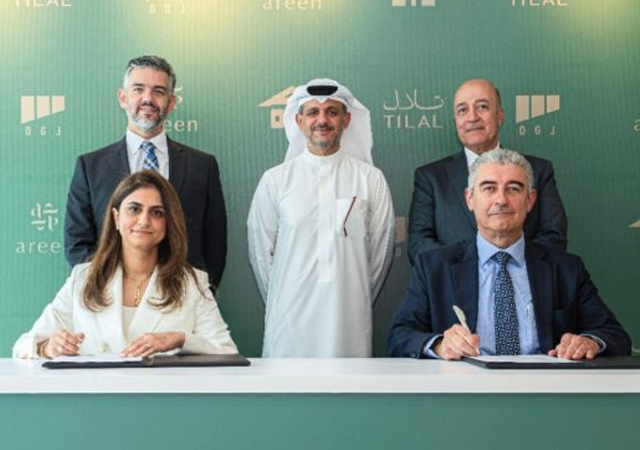
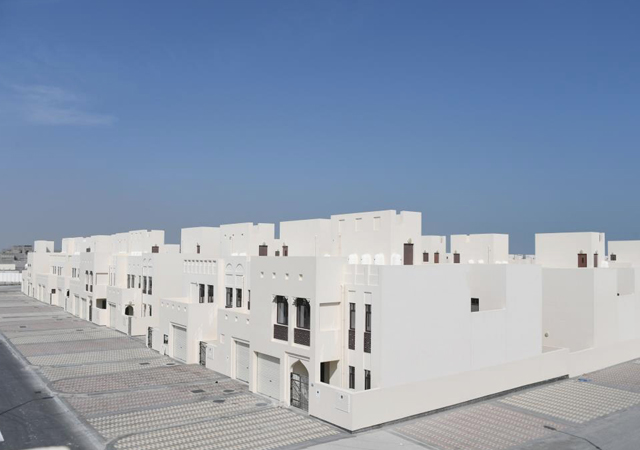

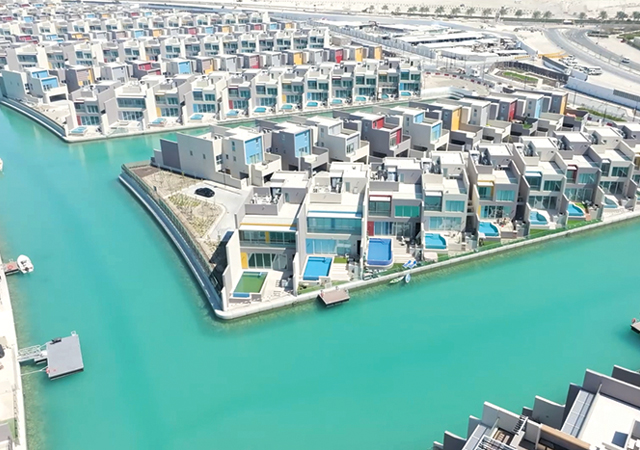
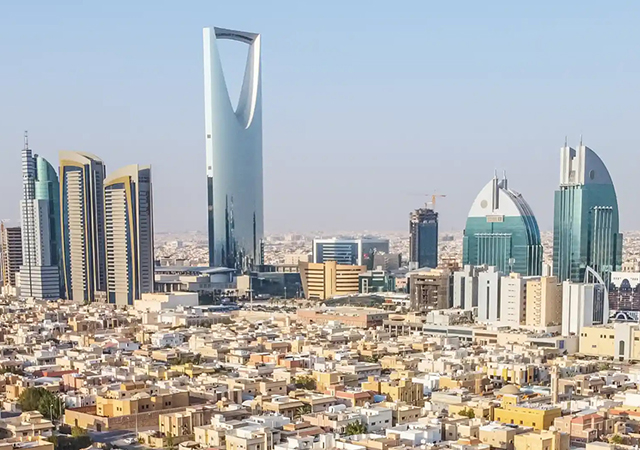
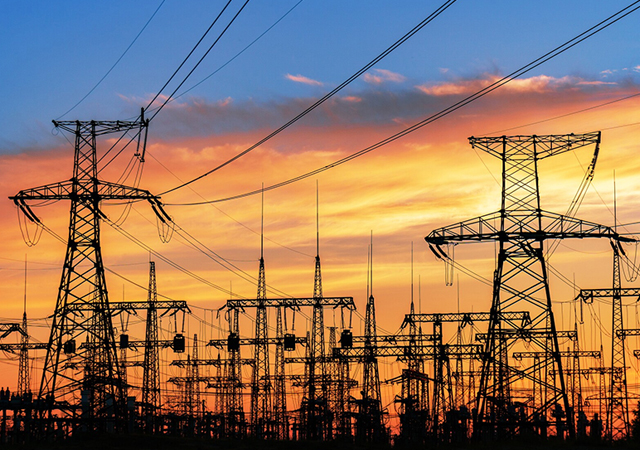
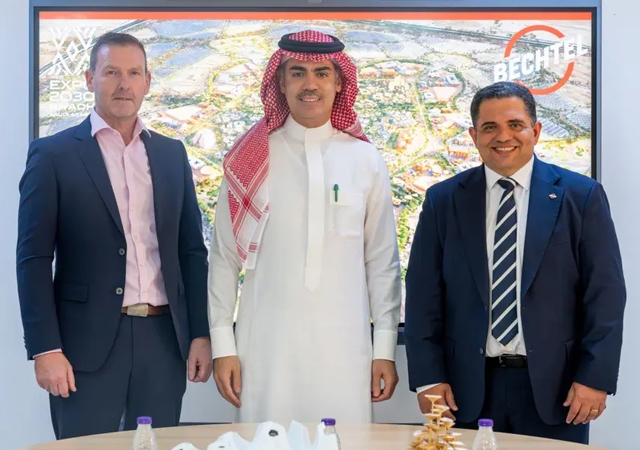
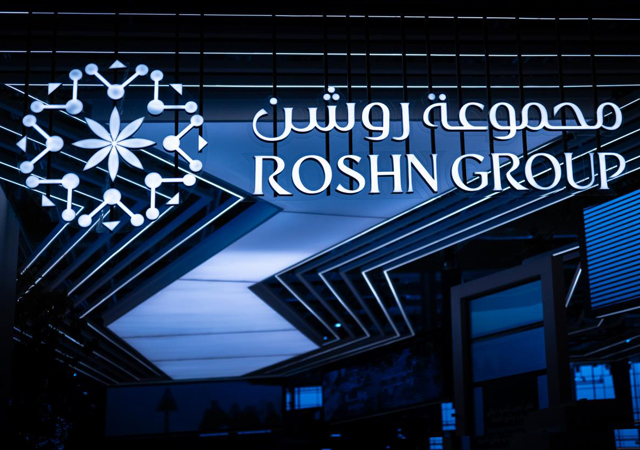
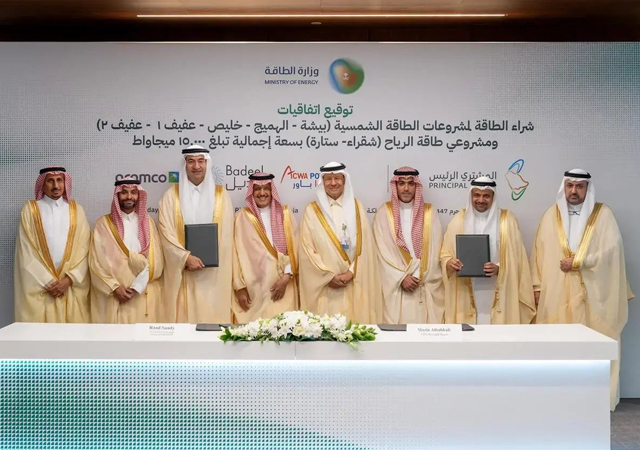
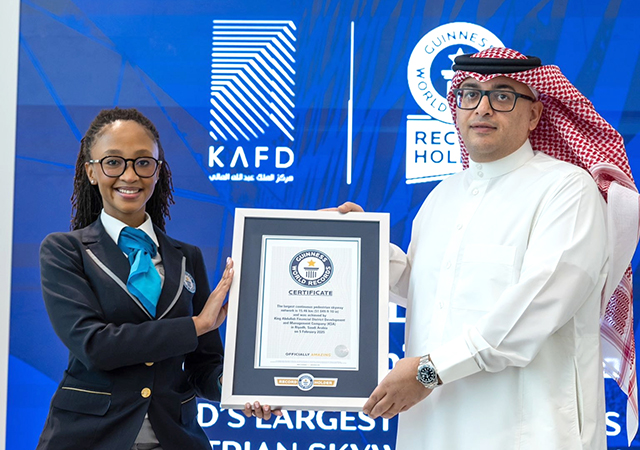

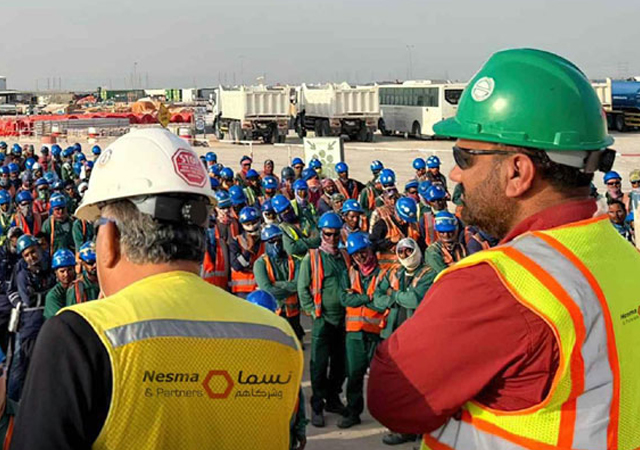
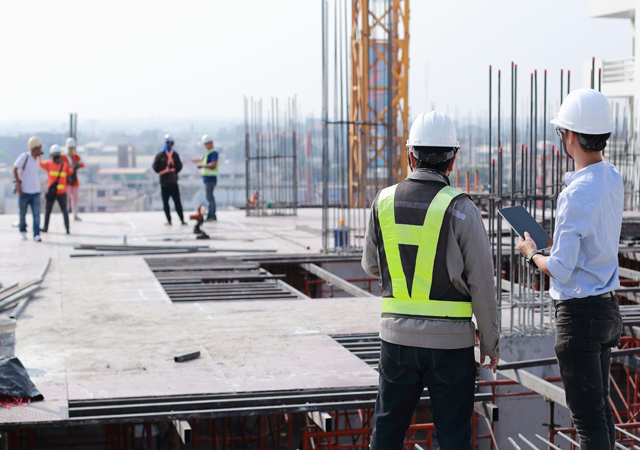
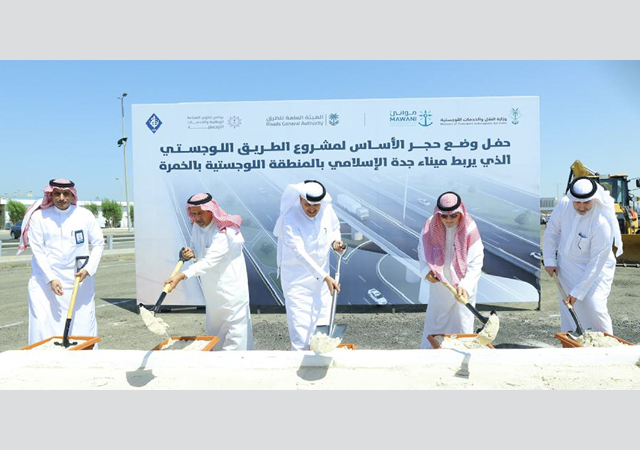
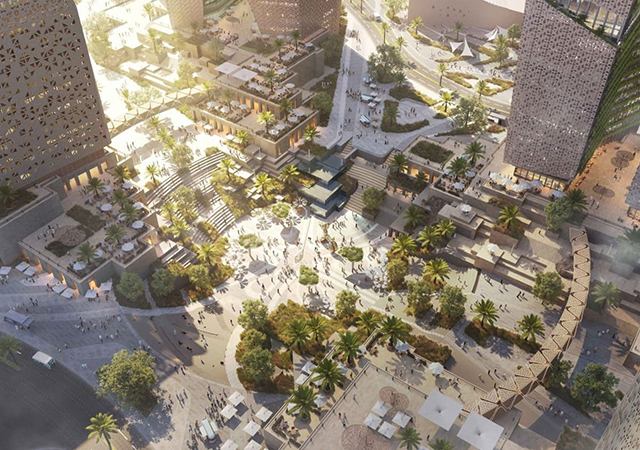
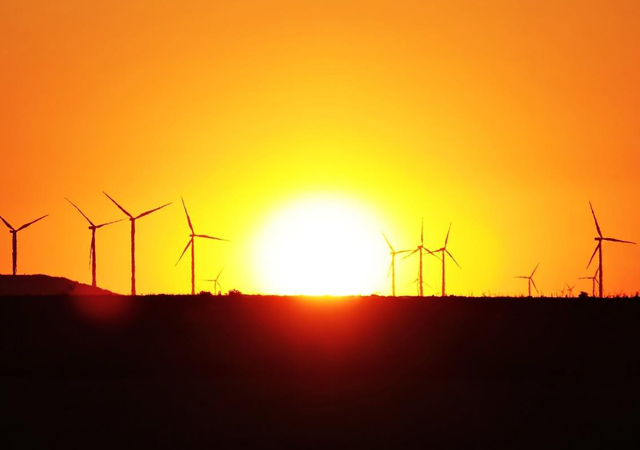
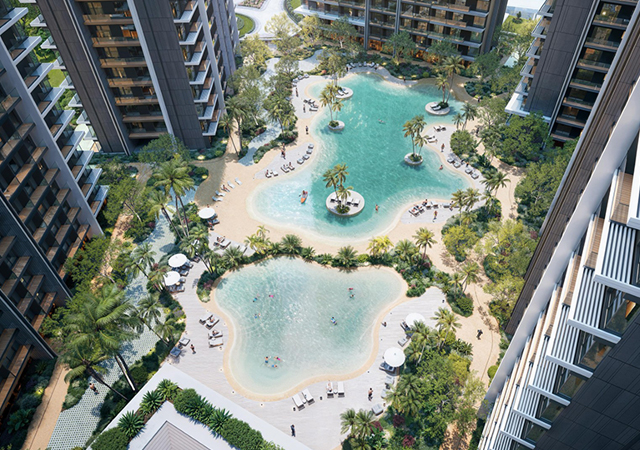
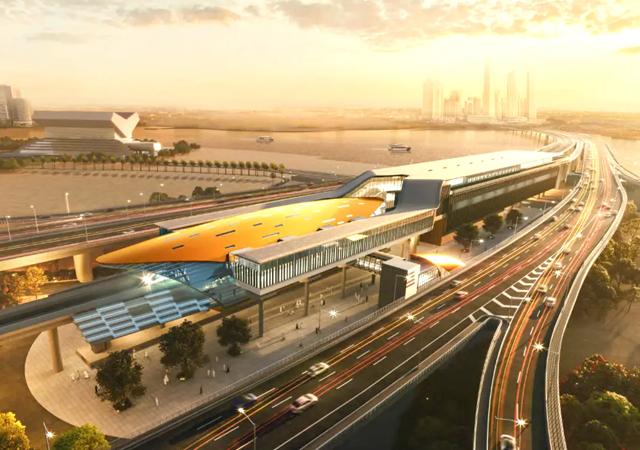
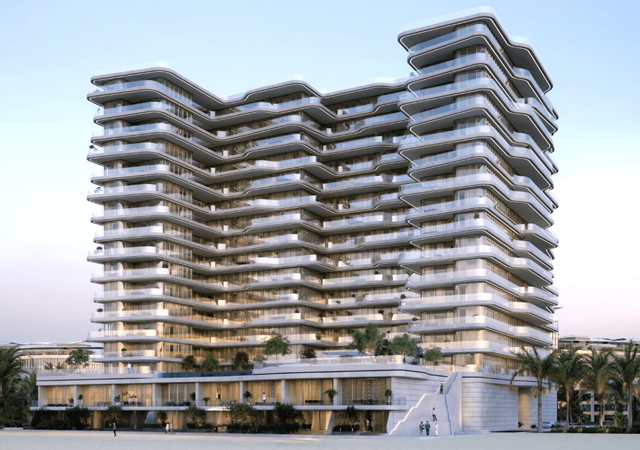

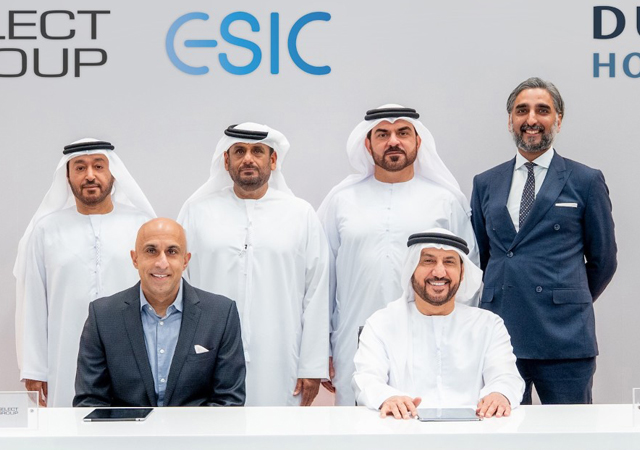
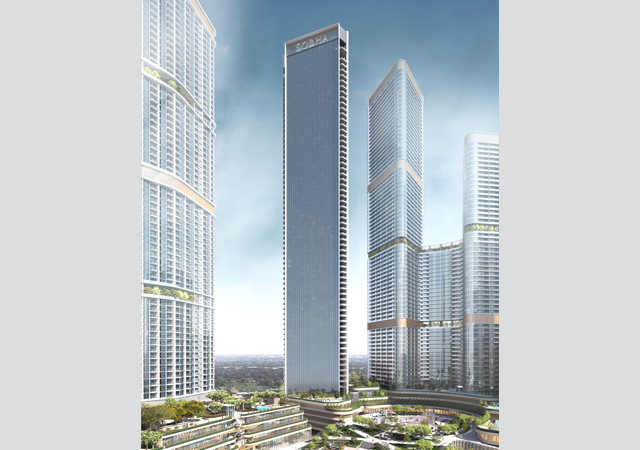
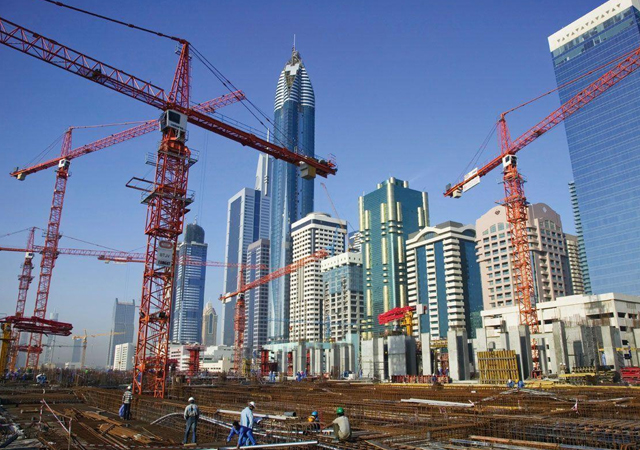
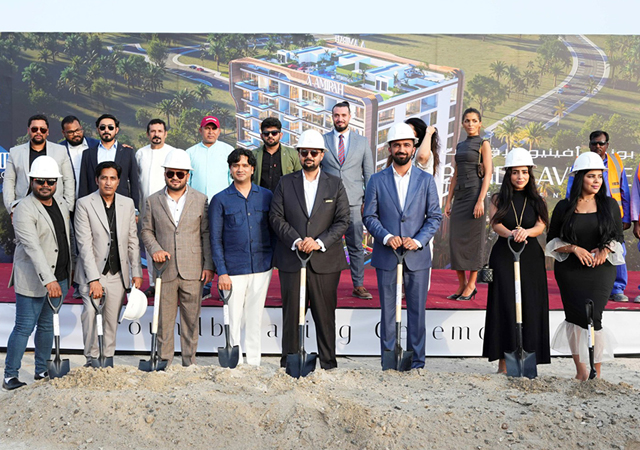
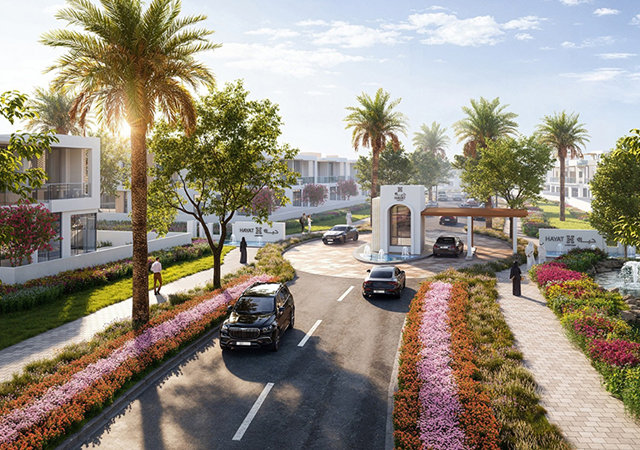
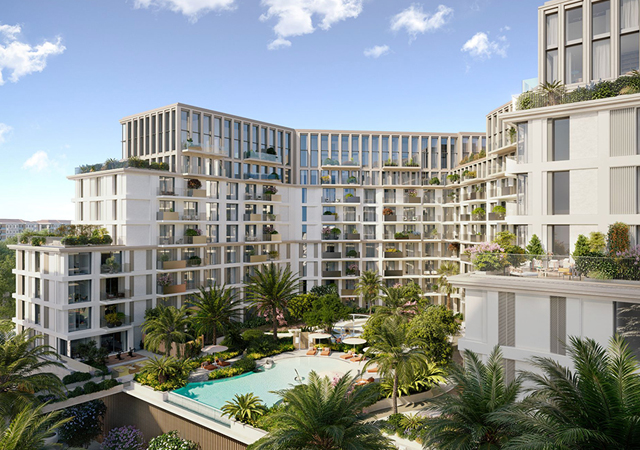


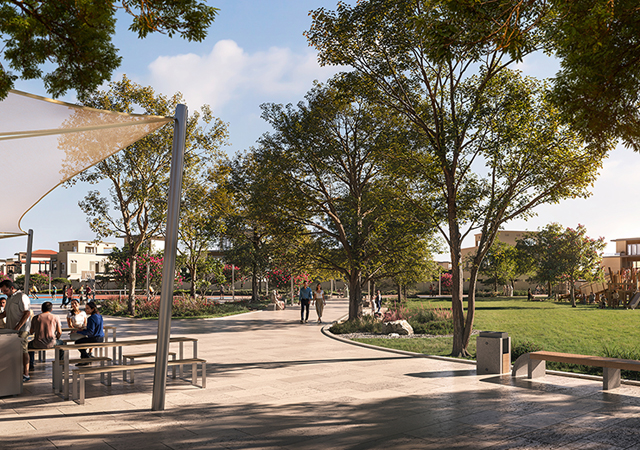
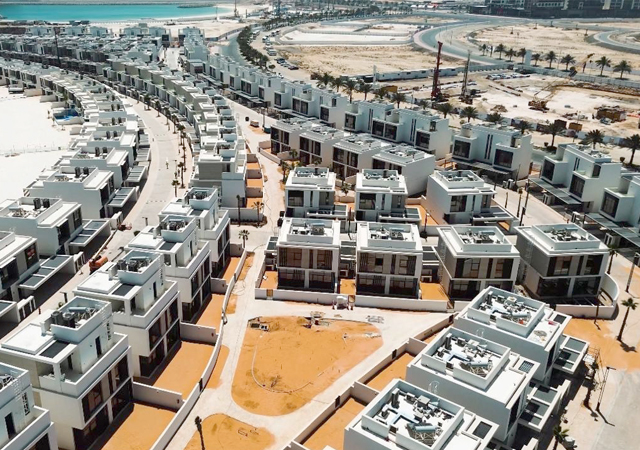
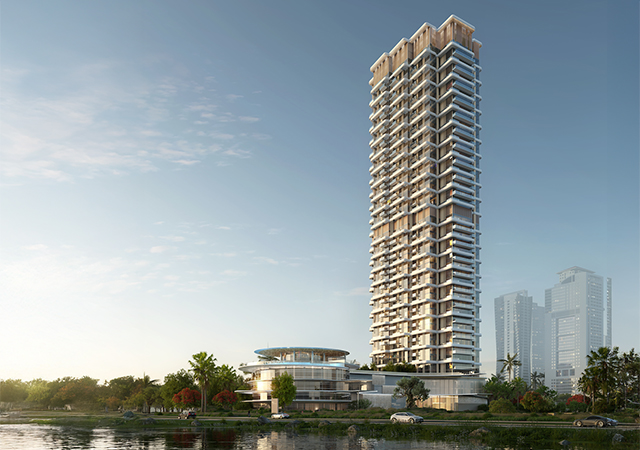
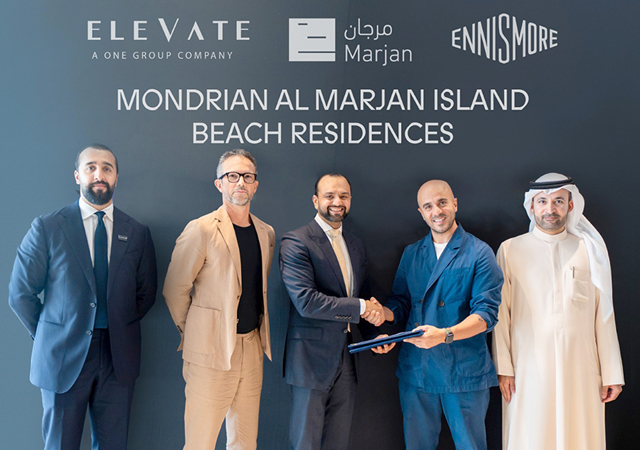
.jpg)
.jpg)
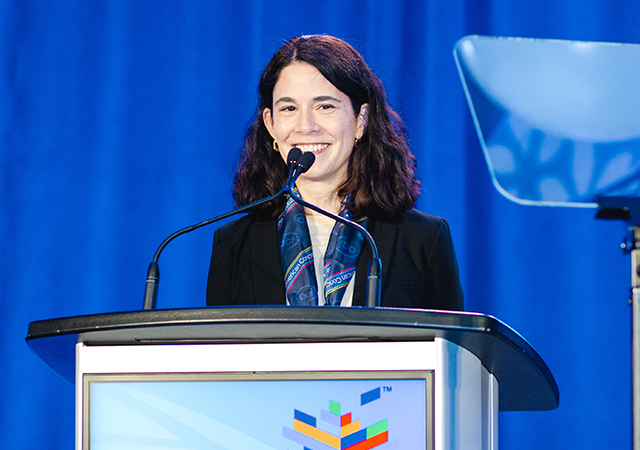
.jpg)
